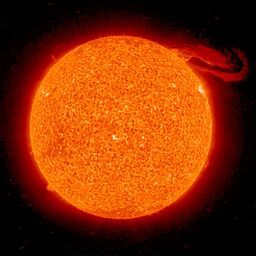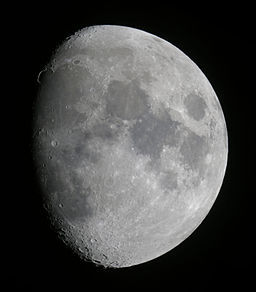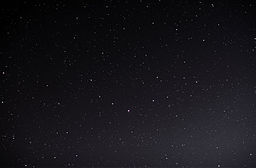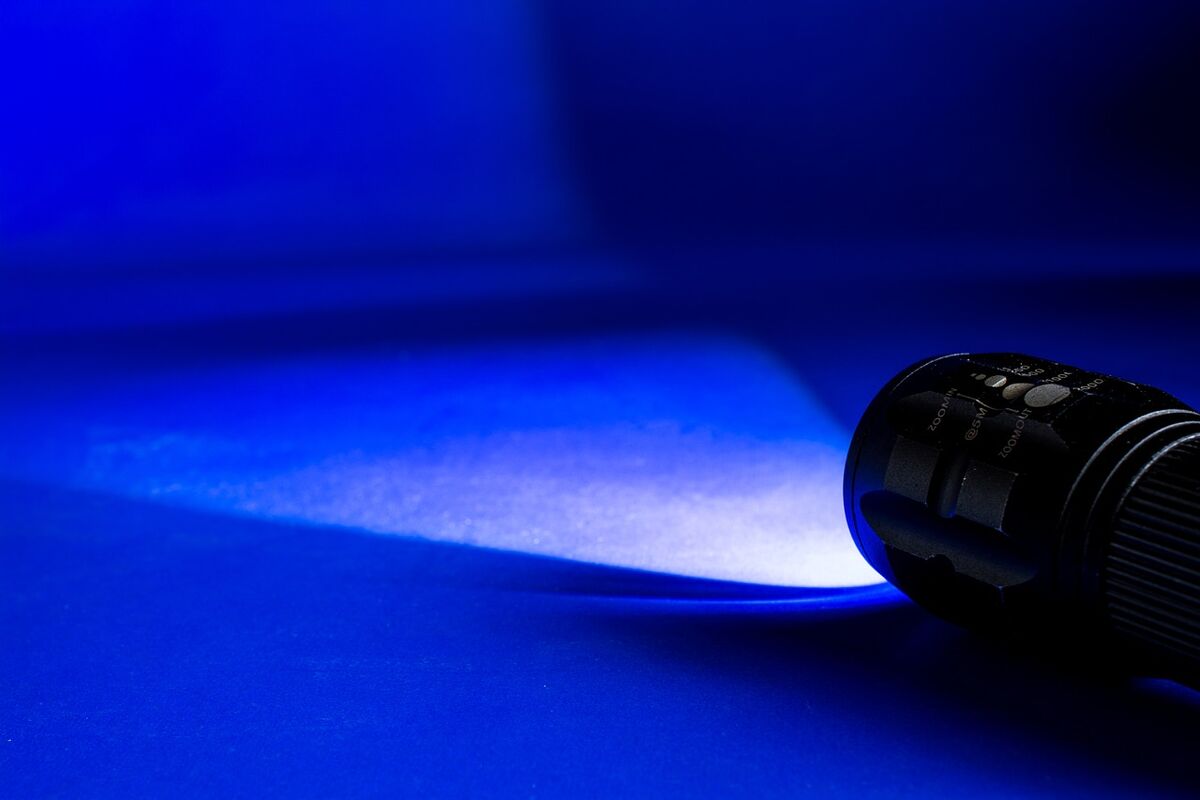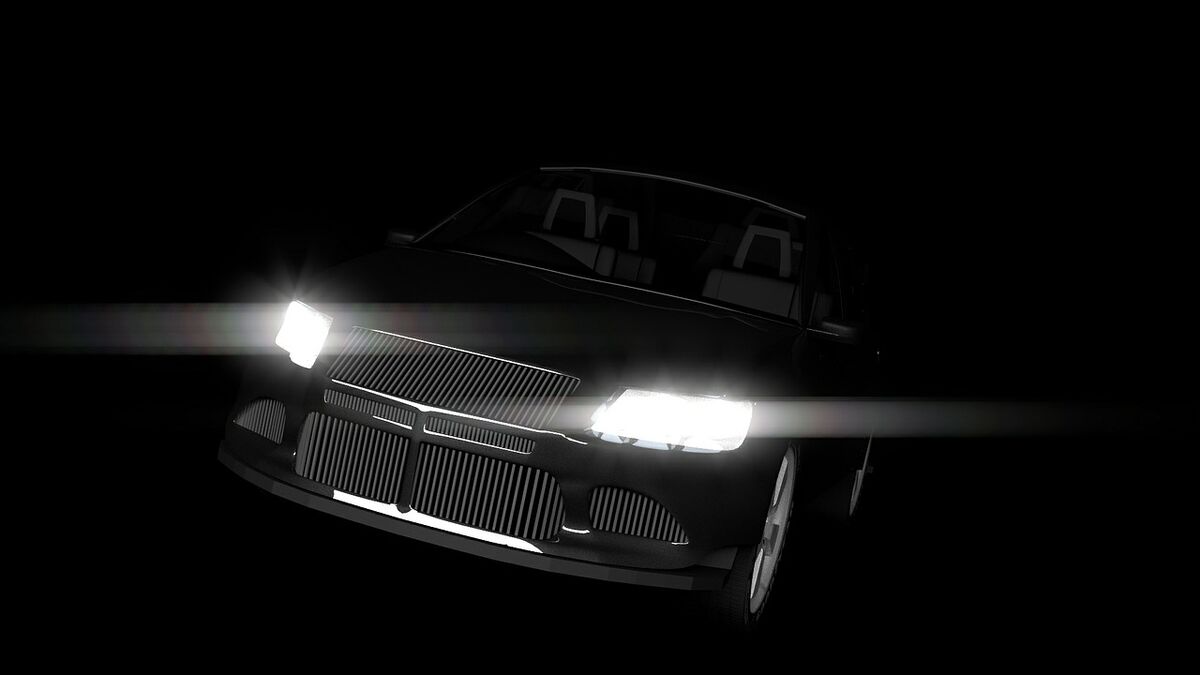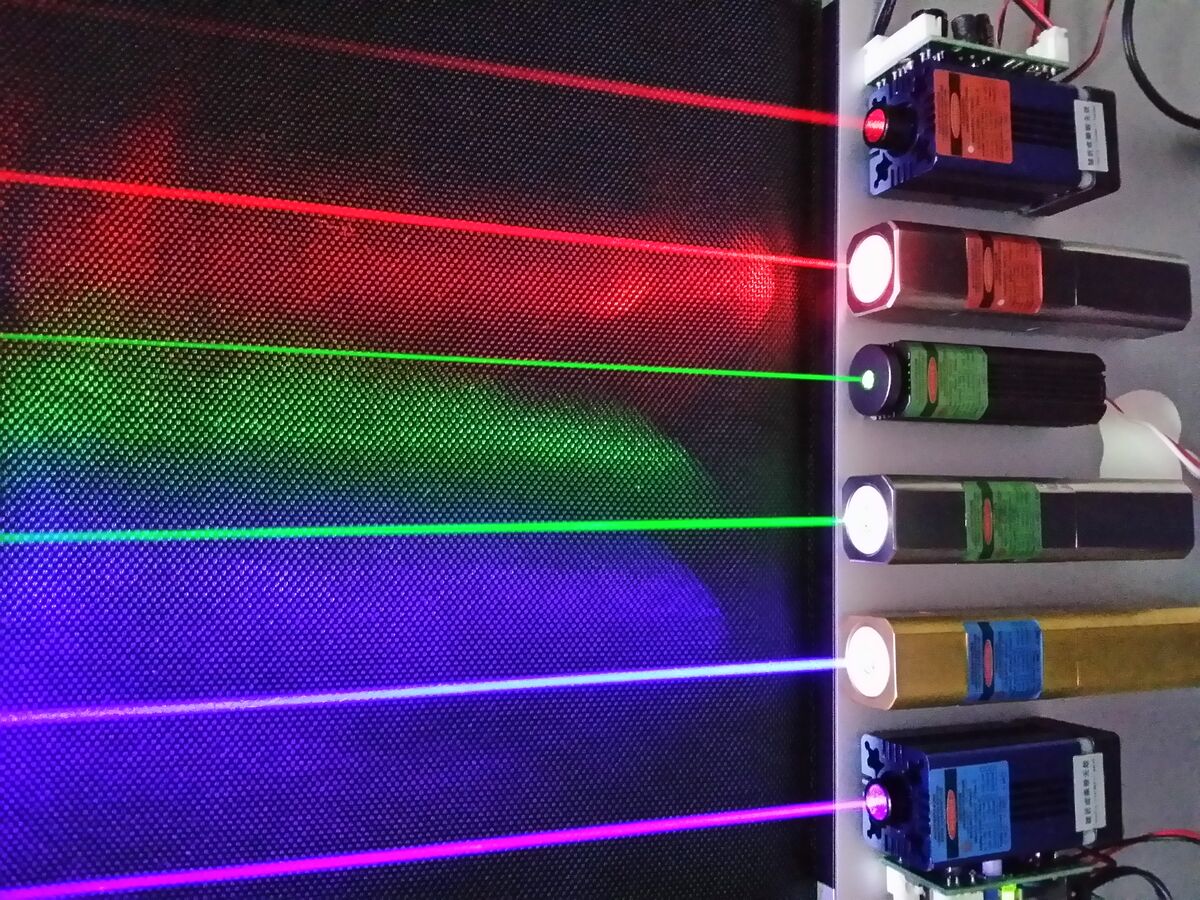A light source is an object from which a light ray is received. This object can either produce its own light or reflect rays from another source.
The Sun is a source of light, since it produces luminous rays.
The Moon is also a source of light, since it illuminates by reflecting the Sun's light.
A point light source sends out light in all directions, but gives the impression that its light comes from a single point.
If a point source of light is used to illuminate an object, it will create an area of shadow (called umbra), but no penumbra can be observed.
Distant stars are a good example. A star emits light in all directions, but appears to our eyes as a point in the night sky.
In the laboratory, a light box or a laser pointer are used to represent a point source of light.
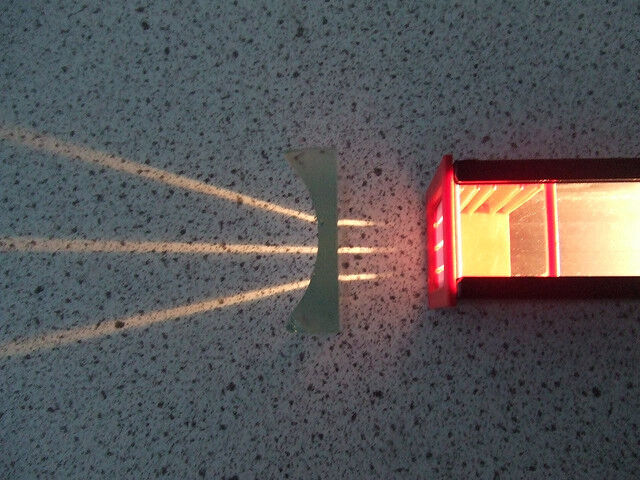
An extended light source emits light in all directions from an area larger than a point.
An extended light source will produce areas of umbra and penumbra when it illuminates an object.
The Sun appears larger than a dot and emits its light in all directions. Therefore, depending on our position on Earth, the Sun is an extended light source.
In the laboratory, we use a flashlight (or torch) or a light bulb to represent an extended source of light.
The illustration on the left shows that the point source comes from a surface that is too small to be measured. On the right, the extended source comes from a surface that can be measured.
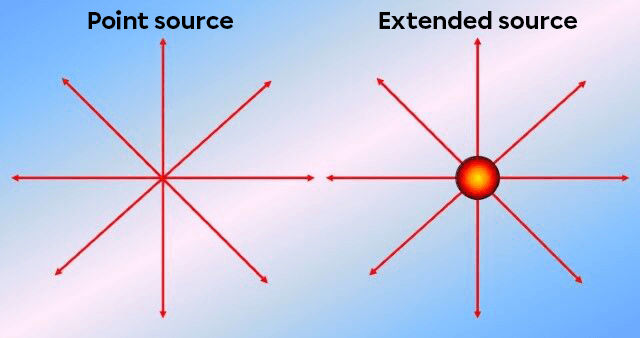
There is a mathematical relationship between the distance between the source and the screen and the area of the surface illuminated by this source.
|\displaystyle \frac{A_{1}}{A_{2}}=\frac {{d_{1}}^{2}}{{d_{2}}^{2}}|
where
|{A_{1}}| represents the area of the initially illuminated surface
|{A_{2}}| represents the area of the second illuminated surface
|{d_{1}}| represents the distance between the source and the screen initially
|{d_{2}}| represents the distance between the source and the screen in the second place.
From this relationship, we can also deduce that the greater the distance, the greater the area of illumination. In other words, the illuminated area is proportional to the square of the distance between the source and the screen.
In addition, there is another mathematical relationship between the distance between the source and the screen and the illumination intensity.
|\displaystyle \frac{E_{1}}{E_{2}}=\frac {{d_{2}}^{2}}{{d_{1}}^{2}}|
where
|{E_{1}}| represents the initial luminous illuminance |\text {(lux)}|
|{E_{2}}| represents the illuminance secondly |\small \text {(lux)}|
|{d_{2}}| represents the distance between the source and the screen in the second place
|{d_{1}}| represents the distance between the source and the screen initially
From this relationship, we can deduce that the greater the distance, the smaller the illuminance. Illuminance is inversely proportional to the square of the distance between the source and the screen.
One of the properties of light is that it travels in a straight line. In addition, point sources and extended sources emit light in all directions.
However, light sometimes travels in specific patterns. These light patterns are classified according to the opening which they pass through.
The following illustration shows an extended light source in which the light passes through two opaque panels with holes in them. Each time it passes through, the size of the light changes: the name of the light will also change.
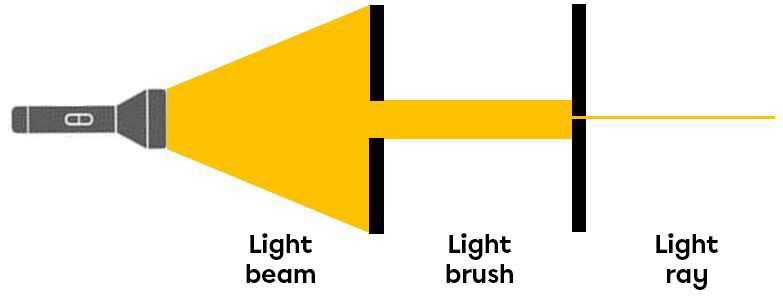
A light beam represents all the rays of light produced by a light source in a given direction.
The light beam is the widest one of the three types of light represented on the diagram above. In the laboratory, a light box is often used to produce a beam of light that can be easily directed at an object.
The light emitted by car headlights or a flashlight is a beam of light, because the light travels through large apertures.
A pencil of light is a group of light rays propagating with an aperture angle approaching zero.
As you can see in the first illustration, the light will have first passed through a very small opening and then formed a narrow beam. It's the same principle in the laboratory: as mentioned earlier, the light box is used to illuminate an object. However, a beam is often too wide for practical use during an experiment. This is why a slotted screen is used, which reduces the width of the beam, creating a pencil of light.
A laser produces a pencil of light that can be used to study various physical phenomena. However, care must be taken, as certain rays can damage the eyes.
The ray of light represents the path taken by light from a point on a light source. Consequently, this ray of light propagates with an aperture angle equal to zero.
In reality, it is practically impossible to create a hole small enough to allow a single ray of light through. However, the concept of a ray of light is useful for certain drawings in optical physics.
